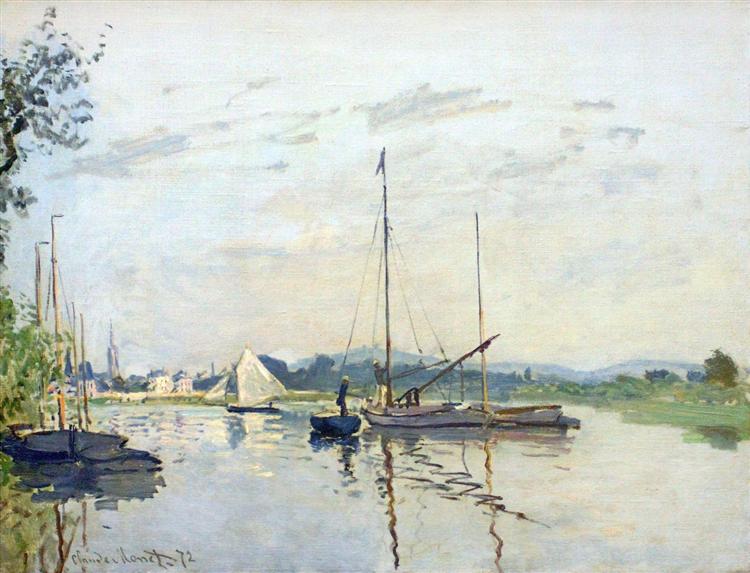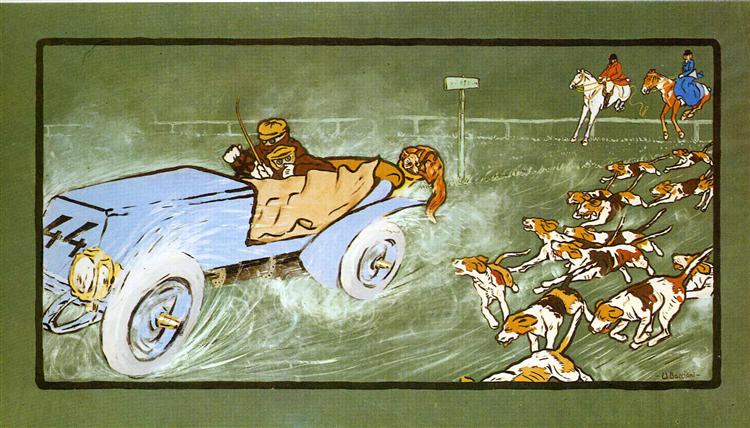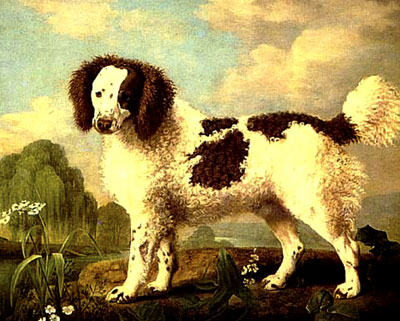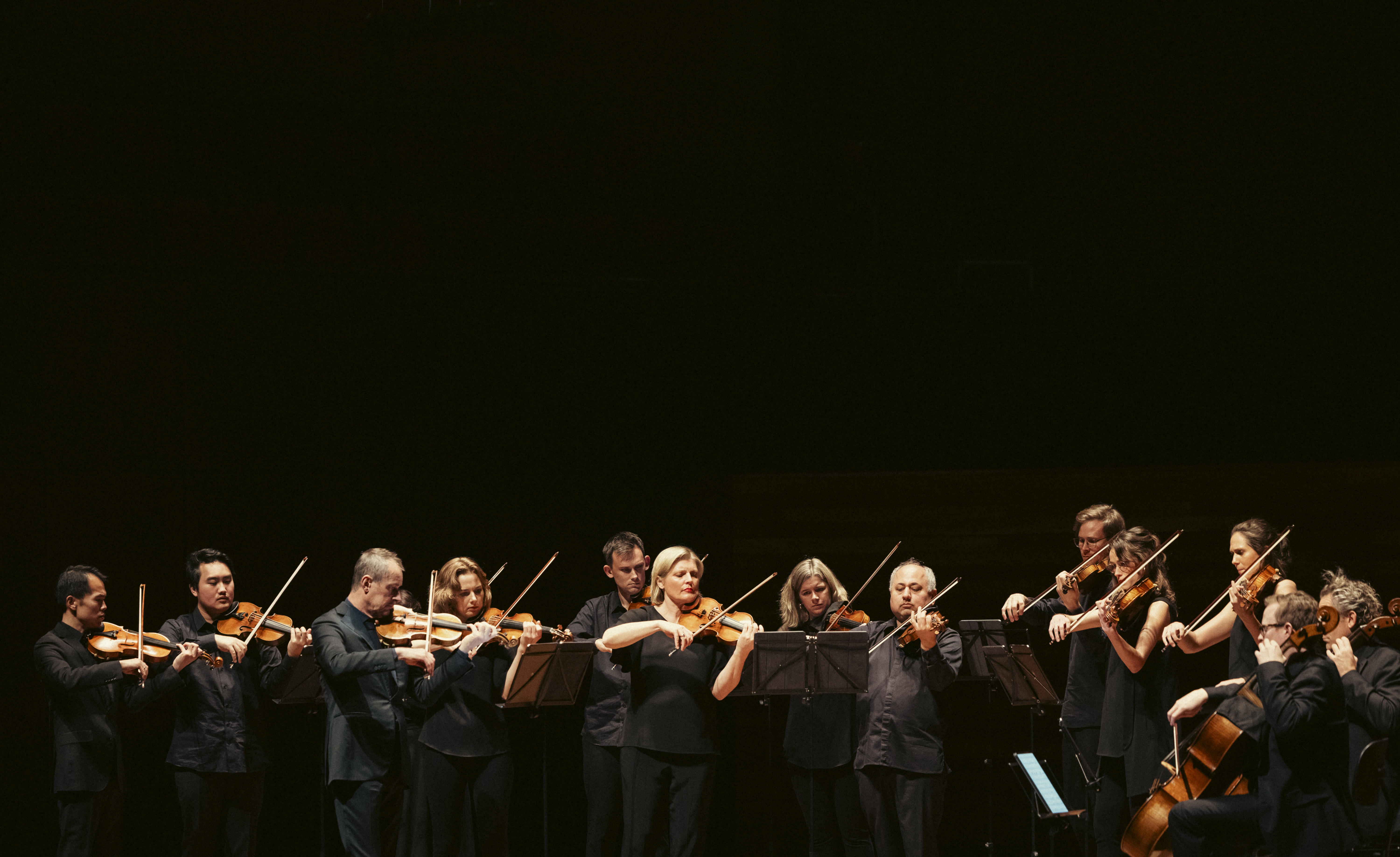
Length of activity
- 15 minutes + extra time for the art activity.
You will need
- Print out of the student worksheet (or blank paper if you cannot print)
- Pencil
- Screen or device, with access to the video below or click here to launch the video on YouTube
- Art materials to create a collage – coloured paper, felt, cardboard, pipe cleaners, etc.
Video lesson
Print out the worksheet and have it in front of you or have some blank paper where you can copy down the questions and your answers.
Play the video and fill out the questions in the worksheet (pause or rewind the video if you need to hear the music multiple times).
music and art Activity
Print out the worksheet and have it in front of you or have some blank paper where you can copy down the questions and your answers. Listen to these two following musical clips. Describe the tempo (speed), and how you think the tempo affects the mood of the music.
- Listen via Spotify: Samuel Barber: Violin Concerto: 3. Presto in moto perpetuo
- Listen via Spotify: JS Bach: Orchestral Suite No. 3 in D Major: 2. Air
Now look at the different surfaces in the following paintings. How would they feel to touch? How might they sound? How did the artist create the effect of the different textures?

Umberto Boccioni: Car and Hunting Fox

George Stubbs: Brown and White Norfolk or Water Spaniel

ART ACTIVITY
When composing music we must make choices about lots of things – tempo, duration, texture, articulation and dynamics. When making an artwork you also make choices – colours, materials/ textures, lines, shapes, realistic or abstract etc.
You will now make your own artwork drawing inspiration from the concepts of music. Choose at least one of the below categories to inspire your artwork – or pick a couple in combination. Think about colours, lines, textures, materials) you could use.
- Tempo – create an artwork that is fast, or slow
- Duration – create an artwork that is long, or short
- Texture – create an artwork that is rough or smooth
- Articulation – create an artwork that is short and sharp, scratchy, or bouncy
- Dynamics – create an artwork that is loud, or soft .
Share your artwork with us here.
Additional information
Click here to find additional information about the content of this lesson.

